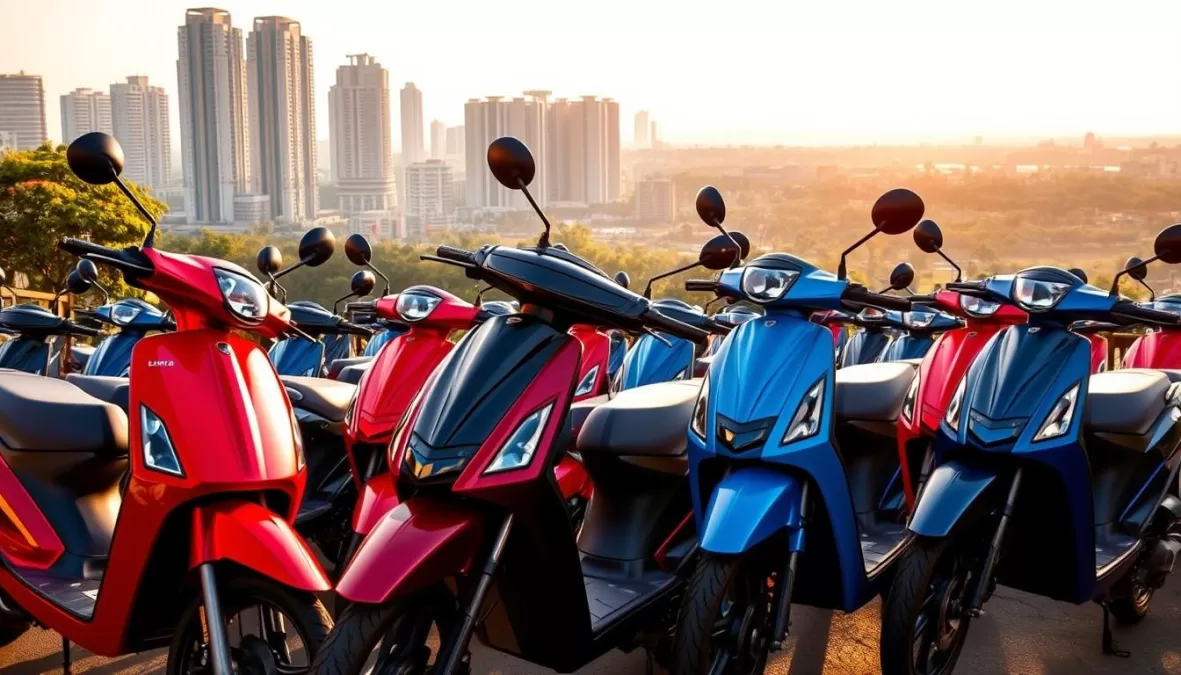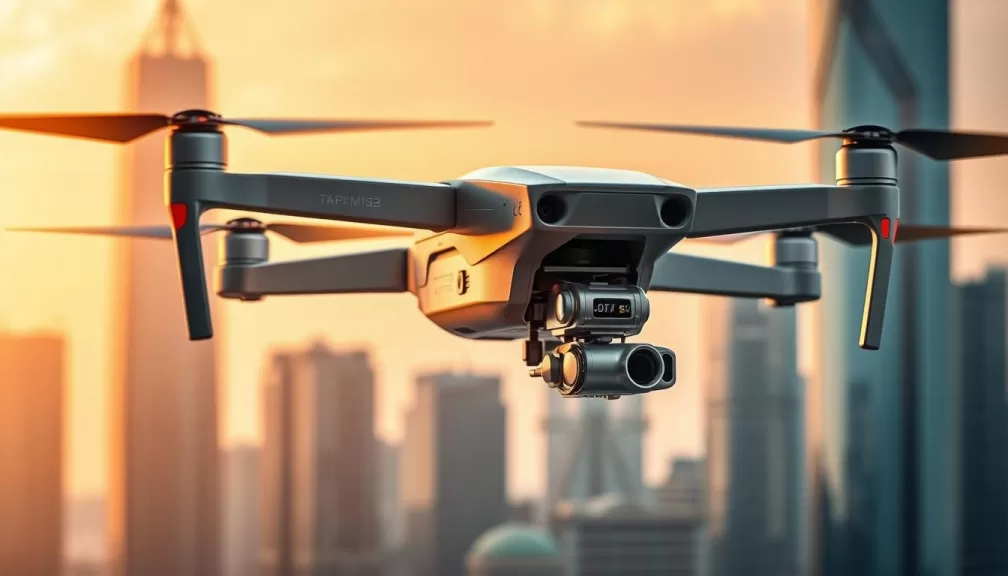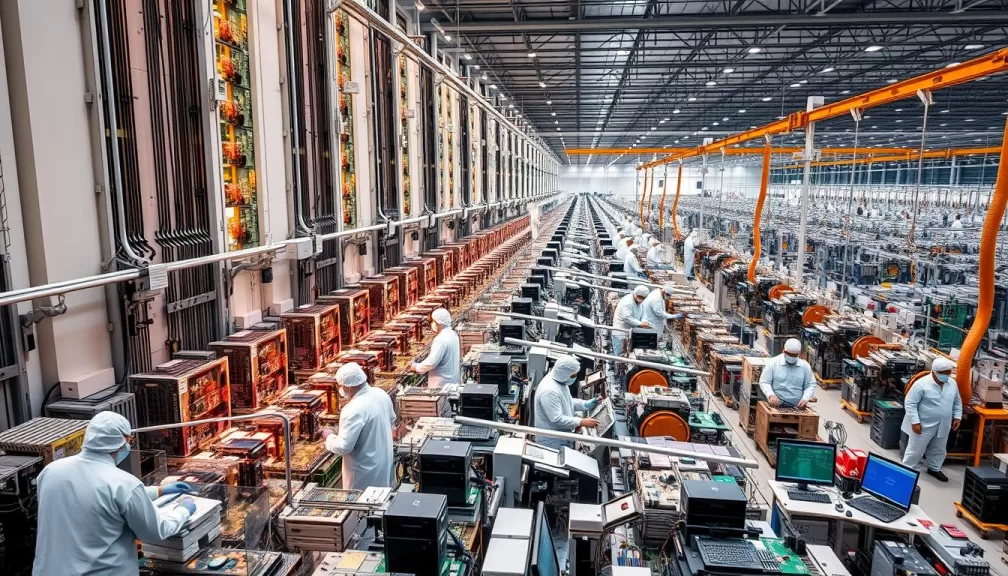As the world shifts towards more sustainable modes of transportation, electric scooters are revolutionizing personal transportation in India. They offer an eco-friendly alternative to traditional fuel-powered vehicles, reducing carbon footprints and promoting a cleaner environment.
With numerous options emerging in the Indian market, selecting the right electric scooter can be daunting. Factors such as range, charging time, and price play a crucial role in making an informed decision. This guide highlights the top electric scooter models available, focusing on their unique features, performance capabilities, and value propositions.
Whether you’re a first-time buyer or looking to upgrade, this comprehensive list will help you navigate through the growing number of options and find the perfect scooter that matches your specific needs and budget.
Key Takeaways
- Discover the top electric scooter models available in India.
- Understand the importance of range, charging time, and price.
- Explore the unique features and performance capabilities of each scooter.
- Find the perfect electric scooter that matches your needs and budget.
- Learn about the eco-friendly benefits of electric scooters.
The Rise of Electric Mobility in India
As the world shifts towards sustainable transportation, India is at the forefront of the electric mobility revolution. The country is witnessing a significant transformation in its transportation landscape, driven by the growing adoption of electric vehicles.
Current Market Trends
The Indian electric scooter market is experiencing rapid growth, with over 322 electric scooters currently available from various manufacturers. The market is characterized by a wide range of options across different price points, from the affordable Komaki XR1 at ₹29,999 to the premium TVS X at ₹2.50 Lakh. Popular models like the Bajaj Chetak, Yulu Wynn, and Ola S1 Pro are gaining traction among consumers.
| Model | Price (₹) |
|---|---|
| Komaki XR1 | 29,999 |
| Bajaj Chetak | 99,998 |
| Yulu Wynn | 55,555 |
| Ola S1 Pro | 1.16 Lakh |
| TVS X | 2.50 Lakh |
Environmental and Economic Benefits
The shift towards electric scooters is driven by their environmental and economic benefits. Electric scooters offer a zero-emission transportation option, reducing the environmental impact of traditional vehicles. Additionally, they provide economic benefits such as lower running costs and minimal maintenance requirements, making them an attractive option for budget-conscious Indian consumers.
What to Consider When Buying an Electric Scooter
When considering the purchase of an electric scooter, several key factors come into play to ensure you make the right choice. The Indian market offers a variety of models, each with its unique features and benefits.
Range and Battery Capacity
The battery range is a critical factor as it determines how far you can travel on a single charge. Look for models offering at least 100-150 km for practical daily use. Battery capacity, usually measured in kWh, directly correlates with range and longevity.
Charging Time and Infrastructure
Charging time significantly impacts convenience. Most electric scooters take 4-8 hours for a full charge, though some premium models offer fast charging capabilities. The availability of charging stations in your area is also a crucial consideration.
Performance and Speed
Performance metrics like acceleration and top speed vary widely among electric scooters. Entry-level models typically offer 25-45 km/h, while premium options can reach speeds of 80-90 km/h.
Price and Value for Money
Price considerations should extend beyond the initial purchase cost to include long-term savings on fuel, maintenance, and potential government subsidies. Evaluating the cost of an electric scooter involves considering both the upfront investment and the overall value for money.
| Feature | Importance | Considerations |
|---|---|---|
| Range | High | At least 100-150 km |
| Charging Time | Medium | 4-8 hours, fast charging options |
| Performance | High | Acceleration, top speed |
| Price | High | Initial cost, long-term savings |
Top 10 Electric Scooter in India: A Comprehensive List
India’s electric scooter landscape is diverse, with top models providing a mix of performance, range, and affordability. Here’s a comprehensive list of the top 10 electric scooters in India, including their key specifications, pros, and cons.
Ather 450X
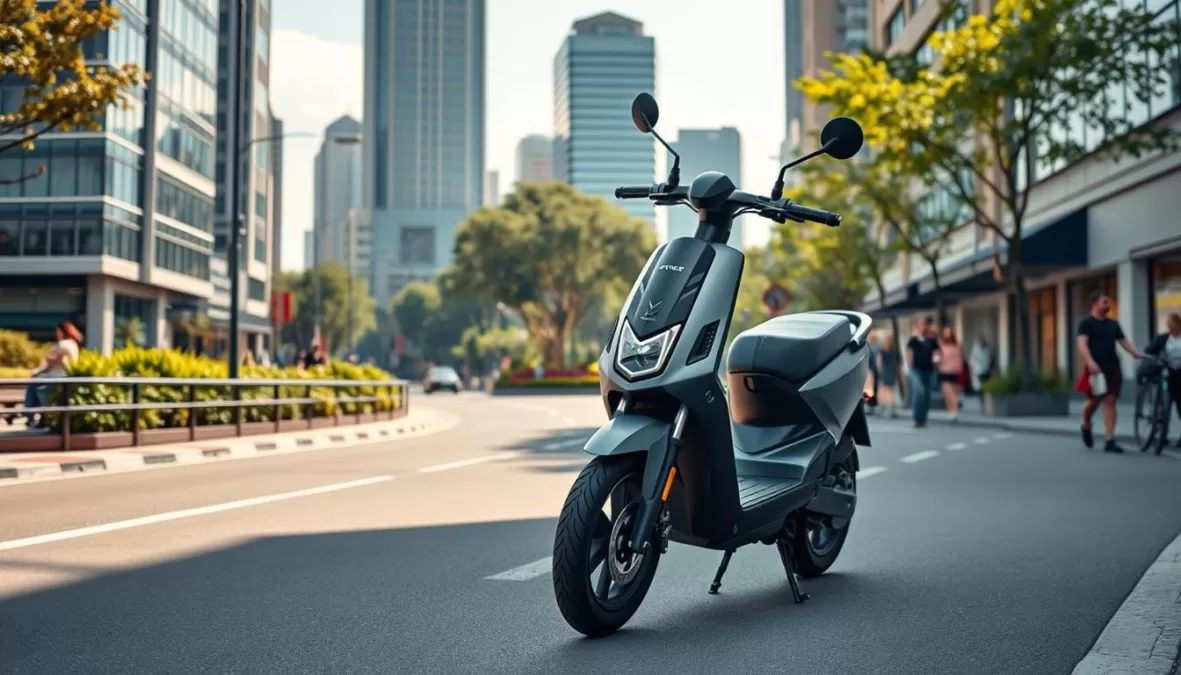
The Ather 450X is a premium electric scooter with a top speed of 90 km/h and a range of 161 km on a single charge. It features a touchscreen dashboard and connected features, making it a tech-savvy choice for urban commuters.
Key Specifications
Top Speed: 90 km/h
Range: 161 km
Charging Time: 5.45 hours
Price: Rs. 1.49 – 1.79 Lakh
Pros and Cons
Pros: Impressive performance, feature-rich interface, and a premium feel.
Cons: Higher price point compared to some competitors.
Ola S1 Pro
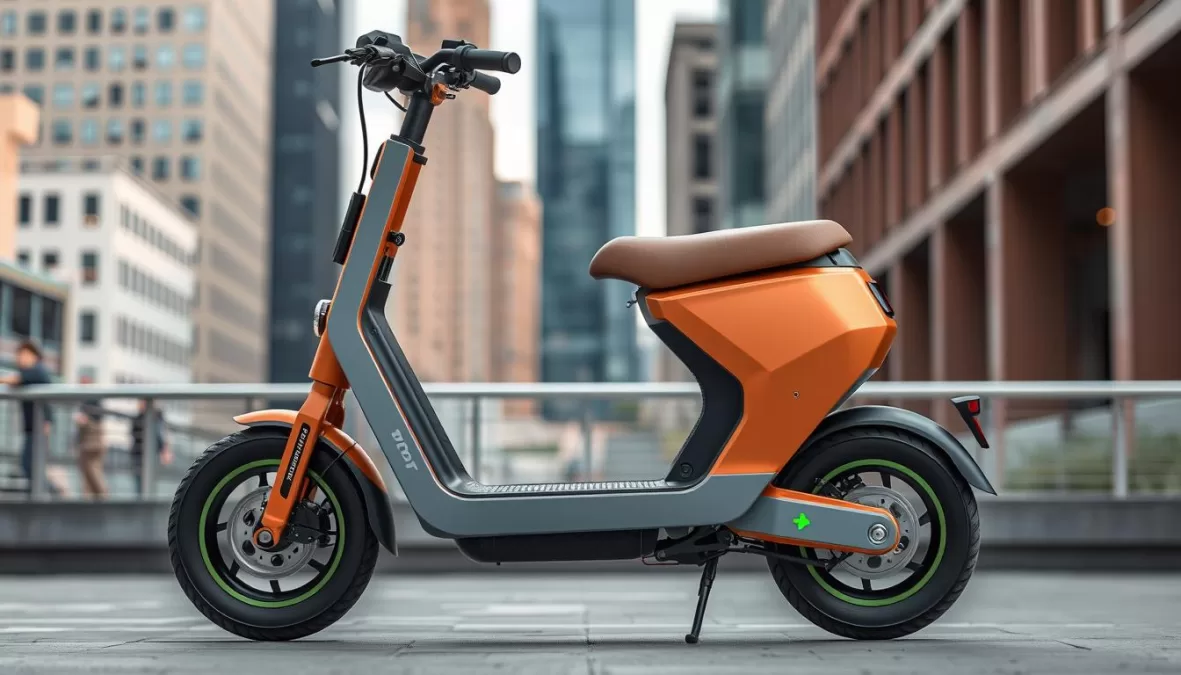
The Ola S1 Pro offers exceptional performance with a top speed of 125 km/h and an impressive range of 242 km. Its modern design and feature-rich interface appeal to tech-forward riders.
Key Specifications
Top Speed: 125 km/h
Range: 242 km
Charging Time: 6 hours
Price: Rs. 1.16 – 1.36 Lakh
Pros and Cons
Pros: Exceptional performance, modern design, and feature-rich interface.
Cons: Charging time could be improved.
TVS iQube
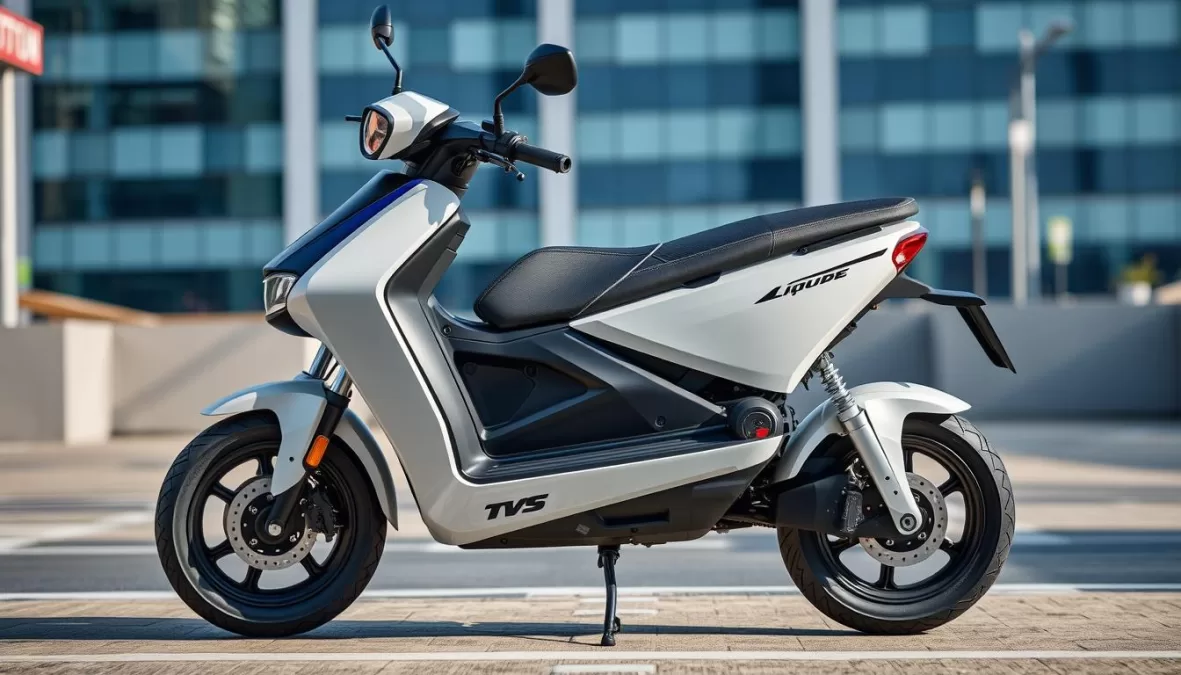
The TVS iQube combines reliability with innovation, offering a balanced performance package with a top speed of 78 km/h and a range of 145 km. TVS’s established service network provides peace of mind for owners.
Key Specifications
Top Speed: 78 km/h
Range: 145 km
Price: Rs. 94,434 – 1.31 Lakh
Pros and Cons
Pros: Reliable performance, innovative features, and established service network.
Cons: Top speed could be higher.
Bajaj Chetak

The Bajaj Chetak brings a nostalgic name back with modern electric technology, featuring a classic design with contemporary features, a decent range of 151 km, and a top speed of 63 km/h.
Key Specifications
Top Speed: 63 km/h
Range: 151 km
Price: Rs. 99,998 – 1.35 Lakh
Pros and Cons
Pros: Classic design, decent range, and affordable price.
Cons: Top speed is relatively low.
Honda Activa e
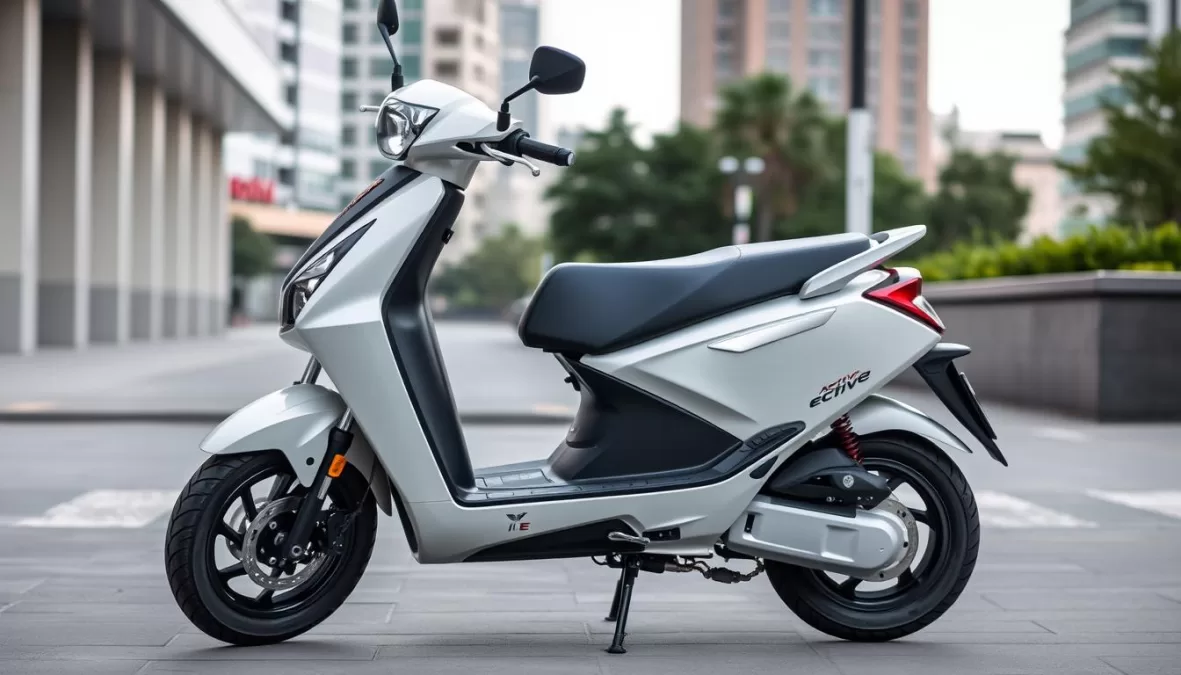
The Honda Activa e leverages the trusted Activa brand with electric capabilities, offering practical performance with an 80 km/h top speed and 102 km range.
Key Specifications
Top Speed: 80 km/h
Range: 102 km
Price: Rs. 1.17 – 1.52 Lakh
Pros and Cons
Pros: Practical performance, trusted brand, and affordable price.
Cons: Range could be better.
Ultraviolette Tesseract
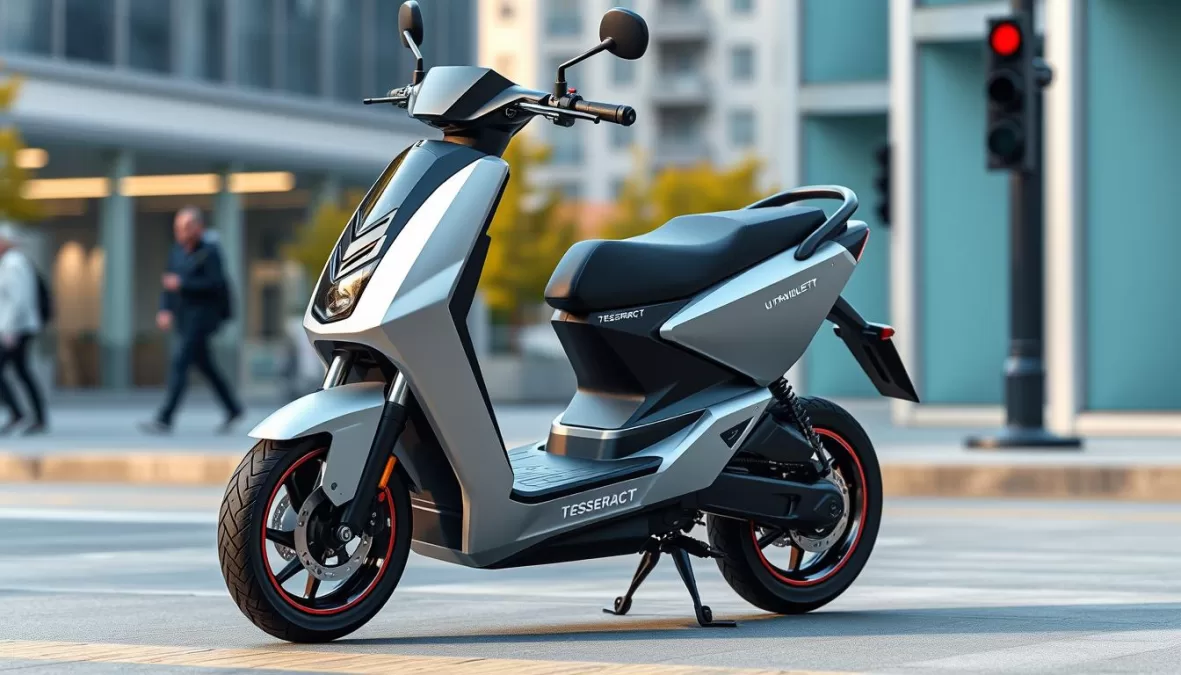
The Ultraviolette Tesseract pushes performance boundaries with a sporty 125 km/h top speed and 162 km range.
Key Specifications
Top Speed: 125 km/h
Range: 162 km
Price: Rs. 1.20 Lakh
Pros and Cons
Pros: High-performance capabilities, sporty design.
Cons: Limited availability and higher price.
Ather Rizta
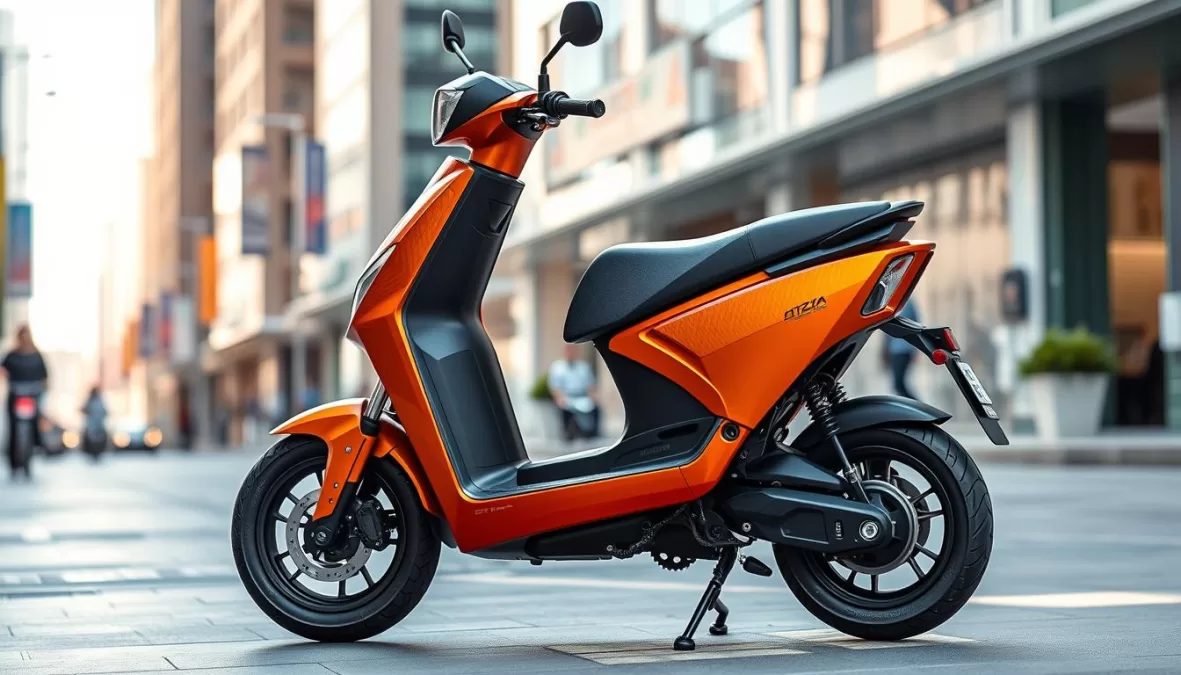
The Ather Rizta provides a comfortable family-oriented option with thoughtful features, 80 km/h top speed, and 160 km range.
Key Specifications
Top Speed: 80 km/h
Range: 160 km
Charging Time: 6.1 hours
Price: Rs. 1.10 – 1.49 Lakh
Pros and Cons
Pros: Comfortable design, practical features, and good range.
Cons: Top speed is moderate.
Ola S1 X
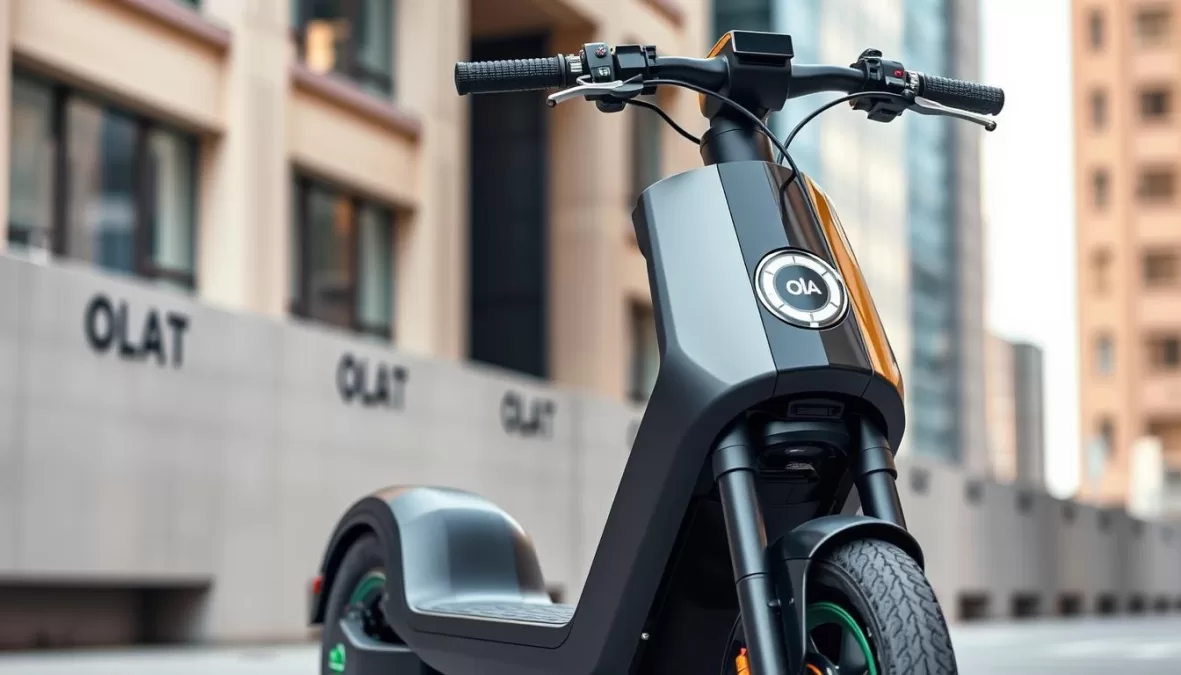
The Ola S1 X offers impressive specifications at a more accessible price point, with a 123 km/h top speed and 242 km range.
Key Specifications
Top Speed: 123 km/h
Range: 242 km
Charging Time: 6 hours
Price: Rs. 65,499 – 92,999
Pros and Cons
Pros: High-performance capabilities, affordable price.
Cons: Charging time is moderate.
Hero Electric Optima
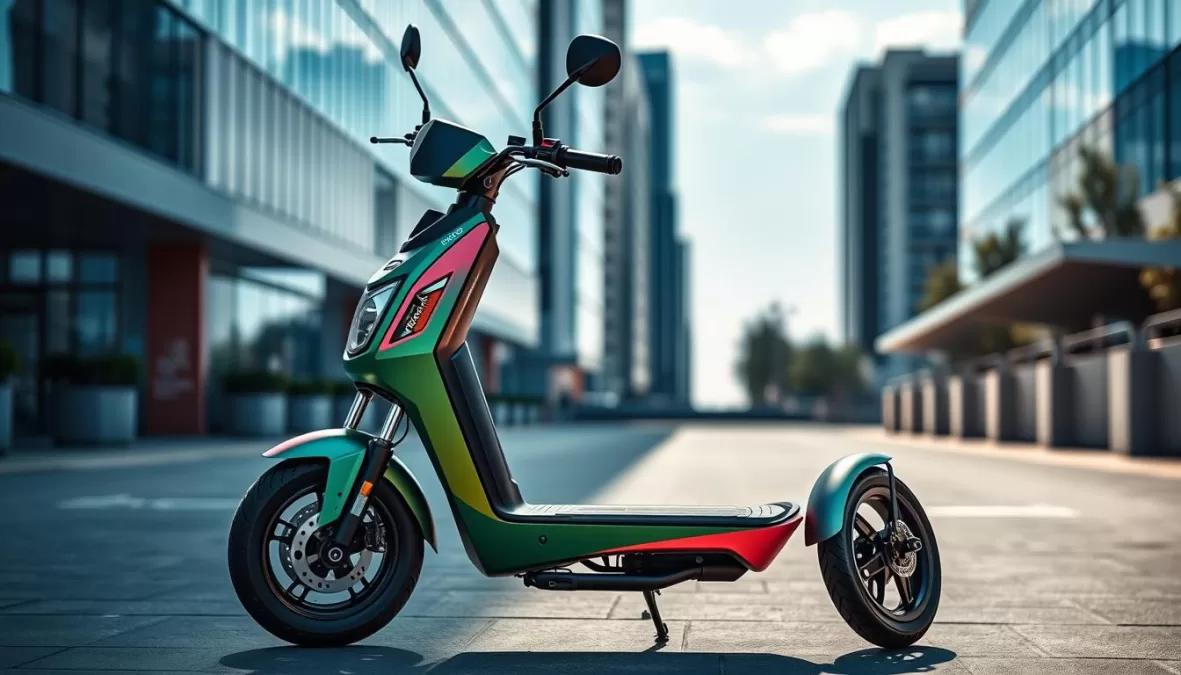
The Hero Electric Optima focuses on affordability and practicality with a modest 48 km/h top speed and 89 km range.
Key Specifications
Top Speed: 48 km/h
Range: 89 km
Charging Time: 4.5 hours
Price: Rs. 83,300 – 1.04 Lakh
Pros and Cons
Pros: Affordable price, practical features.
Cons: Limited performance capabilities.
Simple One
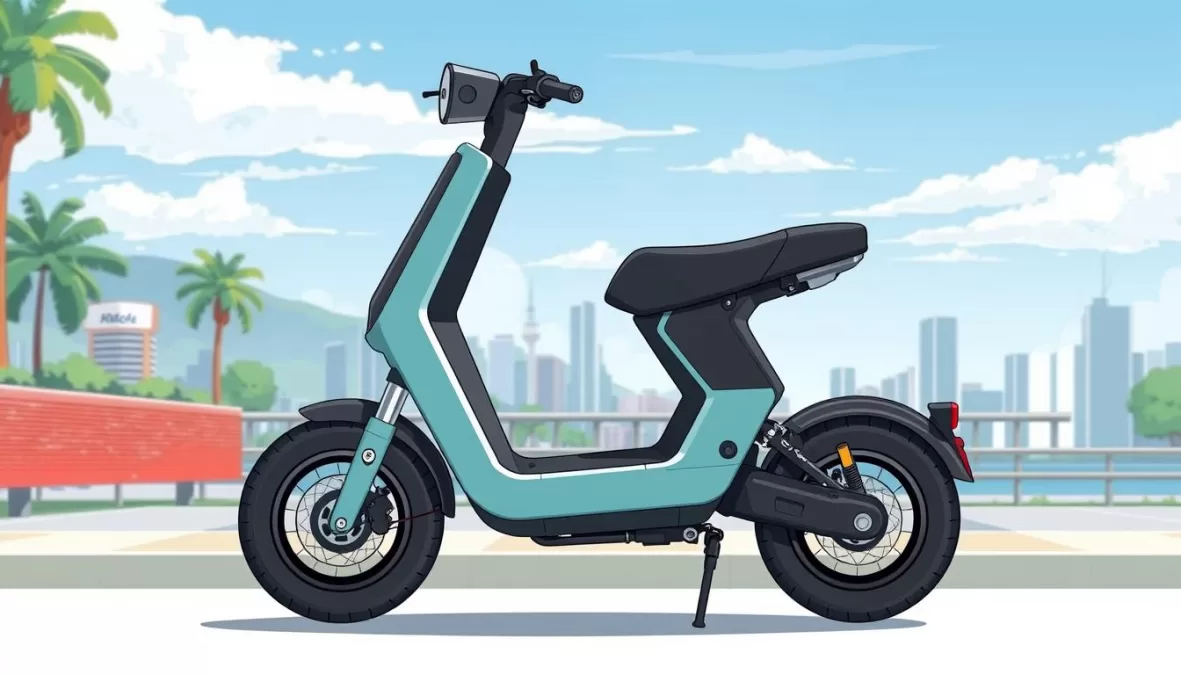
The Simple One rounds out our list with a compelling package offering 105 km/h top speed and an impressive 248 km range.
Key Specifications
Top Speed: 105 km/h
Range: 248 km
Price: Rs. 1.67 Lakh
Pros and Cons
Pros: High-performance capabilities, impressive range.
Cons: Higher price point.
Advantages of Switching to Electric Scooters
As India moves towards a more sustainable future, the advantages of switching to electric scooters become increasingly apparent. Electric scooters offer a multitude of benefits, making them an attractive option for commuters.
Cost Savings on Fuel and Maintenance
Switching to electric scooters can lead to significant cost savings. Electricity costs are substantially lower than petrol, with owners spending just ₹0.15-0.25 per kilometer. Maintenance costs are also dramatically reduced due to fewer moving parts and simpler mechanical systems.
Environmental Impact
The environmental benefits of electric scooters are substantial. With zero tailpipe emissions, they contribute to cleaner air in India’s congested urban centers. Each electric scooter can reduce carbon emissions by approximately 1.5 tonnes annually compared to petrol alternatives.
Government Incentives and Subsidies
Government incentives make electric bikes and scooters more affordable through FAME II subsidies, reduced GST rates, and state-level benefits. These incentives can reduce the effective purchase price by 15-30% depending on the model and location, encouraging more people to switch to electric vehicles.
Overcoming Common Challenges with Electric Scooters
Electric scooter owners in India often encounter several hurdles, from range anxiety to charging infrastructure issues. Understanding these challenges and their solutions can significantly enhance the ownership experience.
Range Anxiety Solutions
Range anxiety can be mitigated by understanding the real-world range of your electric scooter under various conditions and planning your routes accordingly. Modern electric scooters often come with quick-charge capabilities, providing up to 80% battery capacity in just 1-2 hours.
Charging Infrastructure Development
India’s charging infrastructure is rapidly expanding with public charging stations being installed at various locations. Many manufacturers are also establishing their own charging networks, making it easier for riders to find charging points.
Battery Maintenance Tips
Proper battery maintenance is crucial for maximizing range and longevity. Avoiding frequent deep discharges, storing at moderate temperatures, and following manufacturer-recommended charging cycles can extend battery life by up to 50%.
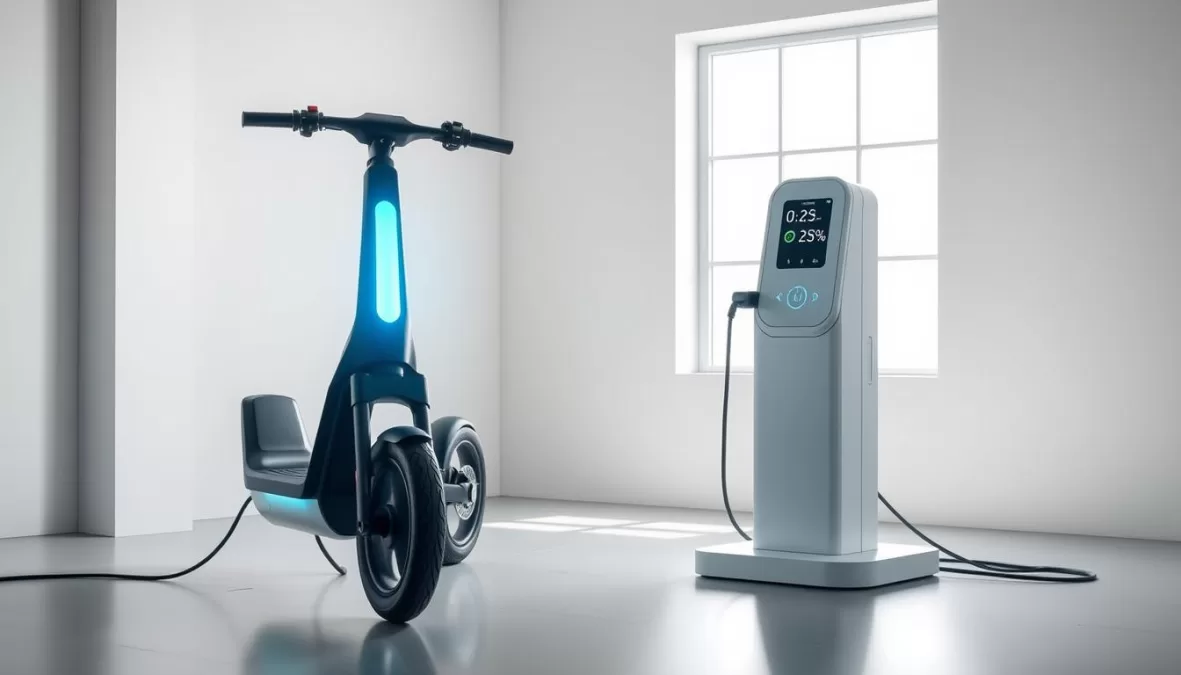
The following table summarizes key strategies for overcoming common challenges with electric scooters:
| Challenge | Solution | Benefit |
|---|---|---|
| Range Anxiety | Understand real-world range and plan routes | Reduced worry during rides |
| Limited Charging Infrastructure | Utilize public and manufacturer charging networks | Easier access to charging points |
| Battery Degradation | Follow proper battery maintenance tips | Extended battery life |
Performance Comparison: Electric vs. Conventional Scooters
When comparing electric scooters to their conventional counterparts, several key performance differences emerge. Electric scooters have gained popularity for their unique characteristics, which set them apart from traditional petrol-powered scooters.
Speed and Acceleration
Electric scooters offer instant torque delivery, providing superior acceleration from standstill compared to conventional scooters. Many premium electric models can outperform their petrol counterparts in 0-40 km/h sprints. While conventional scooters typically have higher top speeds for highway use, electric scooters excel in city environments with speed ranges of 40-80 km/h that perfectly match urban traffic conditions.
Riding Experience
The riding experience on electric scooters is distinctly different. The absence of engine vibration, noise, and gear shifts creates a smoother, more relaxing journey through congested city streets. Electric scooters feature regenerative braking that converts kinetic energy back into battery power, extending range while providing a unique riding sensation that conventional scooters cannot match.
Long-term Value
Long-term value comparison favors electric scooters when considering total cost of ownership. Despite higher initial purchase prices, the significantly lower running costs mean electric models typically break even within 2-3 years of regular use. Modern electric bikes and scooters now offer comparable or superior performance to 110-125cc conventional models in terms of acceleration and practical city speeds, making them viable alternatives for most urban commuters.
| Feature | Electric Scooters | Conventional Scooters |
|---|---|---|
| Acceleration | Instant torque, superior 0-40 km/h | Gradual acceleration |
| Top Speed | 40-80 km/h (city-friendly) | Higher top speeds for highways |
| Riding Experience | Smooth, quiet, regenerative braking | Noisier, more vibrations |
| Long-term Value | Lower running costs, breaks even in 2-3 years | Higher running costs |
Making the Right Choice: Factors Beyond Specifications
Beyond the specs, several key considerations can make or break your electric scooter ownership experience. While technical specifications are crucial, other factors significantly impact your overall satisfaction and the scooter’s long-term value.
After-Sales Service Network
The availability and quality of after-sales service networks play a vital role in the ownership experience. Established brands like Hero and TVS offer extensive service centers across India, ensuring that you can get your scooter serviced or repaired with ease. Newer entrants, however, may have limited support infrastructure, which could be a significant consideration for potential buyers.
Resale Value Considerations
Resale value trends for electric scooters are still emerging, but models from reputable manufacturers with proven battery technology tend to retain value better. If you plan to upgrade within a few years, this factor becomes increasingly important. Consider the scooter’s build quality, brand reputation, and the overall demand for the model in the used market.
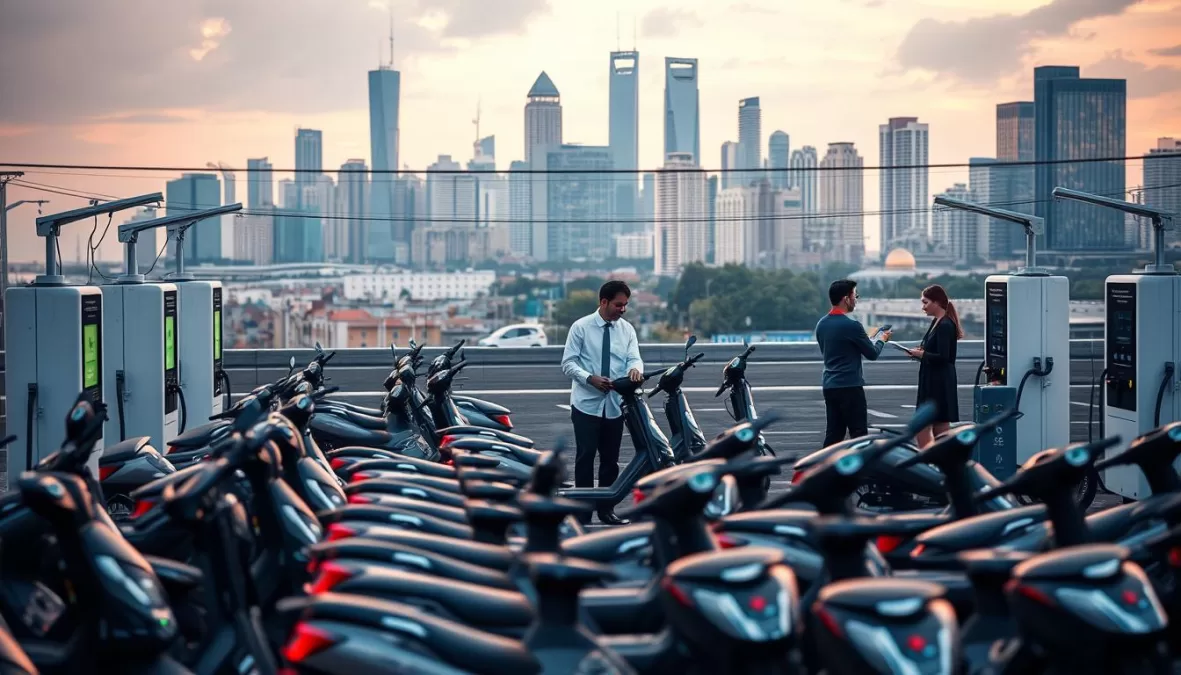
| Brand | Service Network | Resale Value |
|---|---|---|
| Hero | Extensive | High |
| TVS | Extensive | High |
| New Entrants | Limited | Variable |
When choosing an electric scooter, it’s also essential to compare features such as brakes, suspension, and tires to ensure a safe and comfortable riding experience. Comfort features like seat design, riding posture, and suspension quality become increasingly important for daily commuters. Test rides are essential to evaluate these subjective aspects before making a purchase.
Future Trends in Electric Scooters in India
The Indian electric scooter market is on the cusp of a revolution, driven by technological advancements and changing consumer preferences. As manufacturers continue to innovate, several trends are emerging that will shape the future of electric scooters in India.
Upcoming Technologies
Future electric scooters are expected to feature significant technological advancements. Solid-state batteries will offer 2-3 times the current energy density, potentially extending ranges beyond 300 km while reducing charging time to under 30 minutes. Additionally, artificial intelligence integration will optimize battery management, riding modes, and predictive maintenance, creating smarter electric scooters.
| Technology | Benefit |
|---|---|
| Solid-State Batteries | Extended range, faster charging |
| Artificial Intelligence | Optimized battery management, predictive maintenance |
| Swappable Battery Technology | Convenient charging, reduced range anxiety |
Market Growth Predictions
The Indian electric scooter market is projected to grow at a CAGR of 25-30% over the next five years, with sales potentially reaching 10 million units annually by 2030. Major manufacturers like TVS, Bajaj, and Hero are investing heavily in electric mobility R&D, driving innovation and growth.
Conclusion
Electric scooters are revolutionizing urban transportation in India, offering a convenient, sustainable, and cost-effective solution. The diverse range of electric scooters available today caters to various budgets and requirements, from affordable models like Hero Electric Optima to premium offerings like Bajaj Chetak and Ather450X.
When selecting the best electric scooter for your needs, consider the complete ownership experience. Factors such as range, charging time, price, and features all contribute to long-term satisfaction. Additionally, after-sales support and build quality play a crucial role in ensuring a hassle-free ownership experience.
As battery technology continues to improve and charging infrastructure expands across Indian cities, electric scooters will become increasingly practical for a wider range of riders and use cases. The transition to electric mobility represents not just a change in technology but a shift toward more sustainable, efficient, and enjoyable urban transportation, making now an excellent time to consider making the switch.
Whether you prioritize performance, range, features, or value, today’s market offers electric scooters that can meet your specific needs while contributing to cleaner air and quieter streets in Indian cities.

